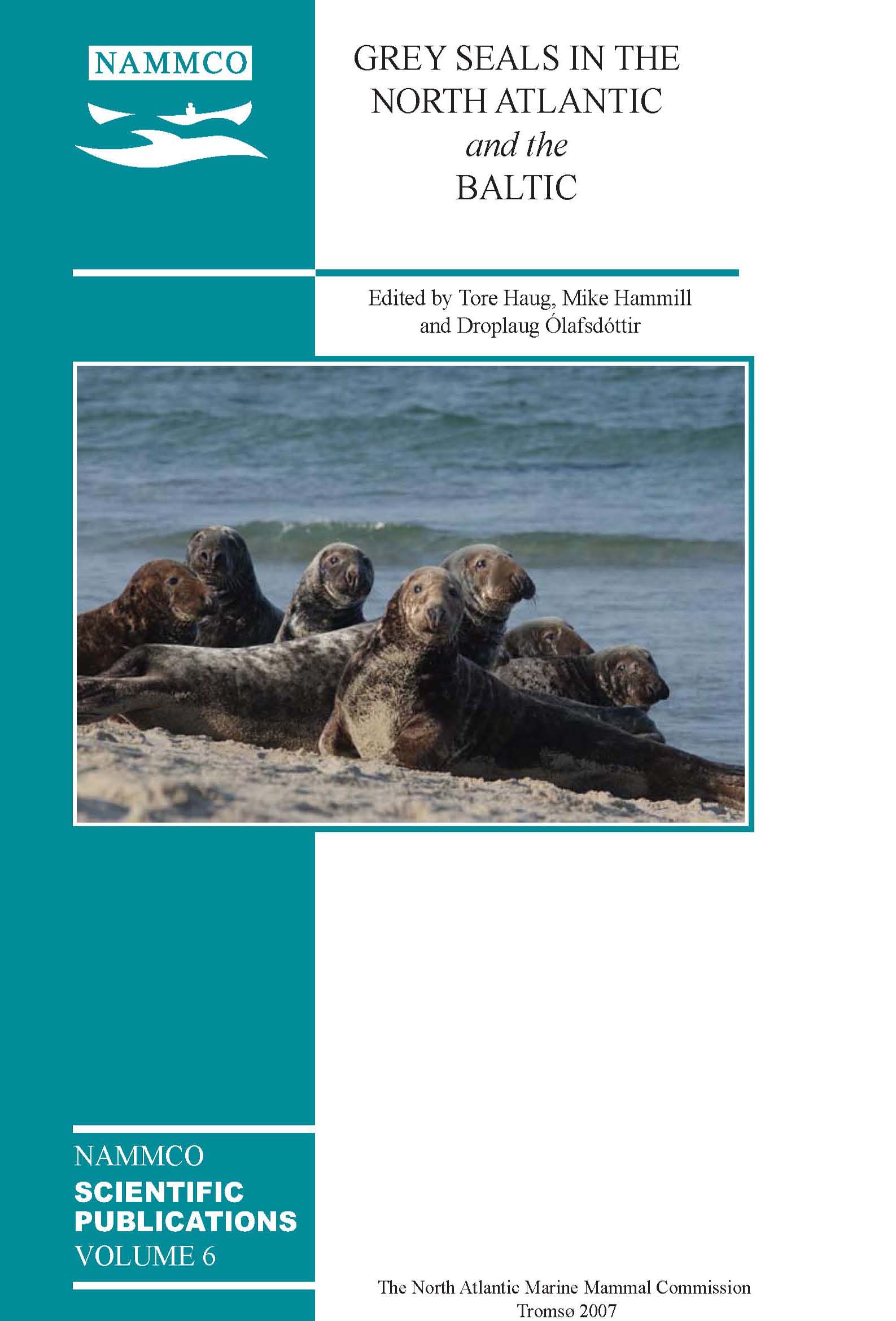The status of grey seals in Britain
DOI:
https://doi.org/10.7557/3.2723Keywords:
grey seals, population dynamics, population statusAbstract
Grey seal pup production in Scotland was estimated through annual aerial surveys of the main grey seal breeding colonies. Between 3 and 7 counts of pups were obtained for each colony at intervals through the course of the breeding season. Pup production for individual colonies was estimated from the series of counts using a maximum likelihood model. At 3 colonies, 2 in England, annual pup production was estimated using ground counts. Between the early 1960s and the early 1990s, grey seal pup production progressively increased. At colonies in the Inner and Outer Hebrides, production appeared to stabilize during the 1990s and has remained so. Pup production at colonies in Orkney and in the North Sea has continued to increase but in recent years the rate of increase has declined. This may imply that the UK grey seal population is reaching some limit to its size. The observed changes in pup production imply that some density dependent factors are affecting the British grey seal population. Changes in either juvenile survival and/or female fecundity are the most likely options. Without knowing which of these, or what combination of these factors, is operating, estimating total population size is complicated.Downloads
Published
2013-10-23
How to Cite
Duck, C. D., & Thompson, D. (2013). The status of grey seals in Britain. NAMMCO Scientific Publications, 6, 69–78. https://doi.org/10.7557/3.2723
Issue
Section
Articles





